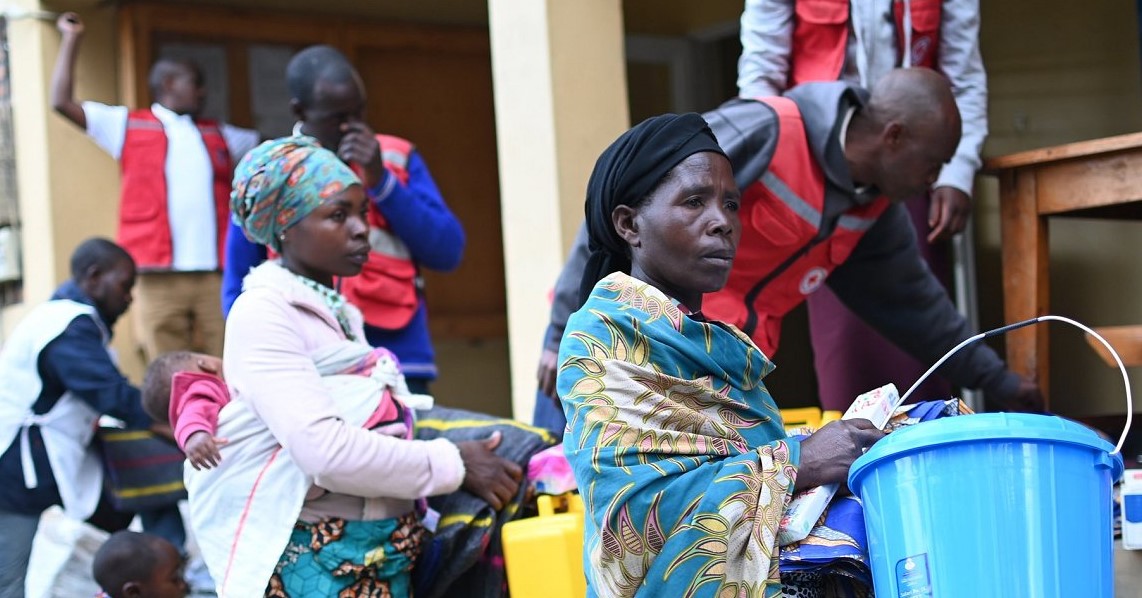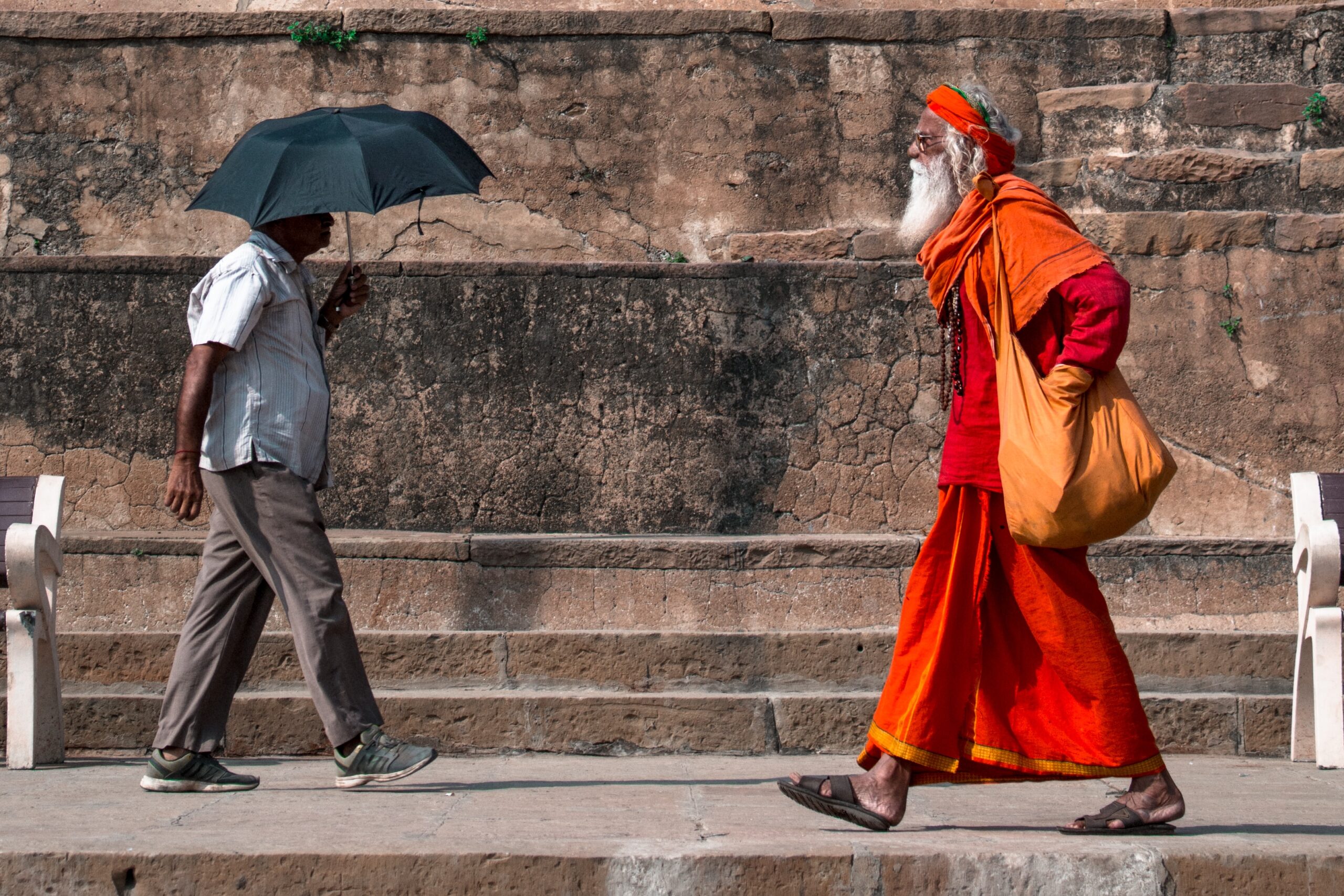Following a record hot June, large areas of the US and Mexico, Southern Europe and China experienced extreme heat in July 2023, breaking many local high temperature records.
Extreme heat in North America, Europe and China in July 2023 made much more likely by climate change





